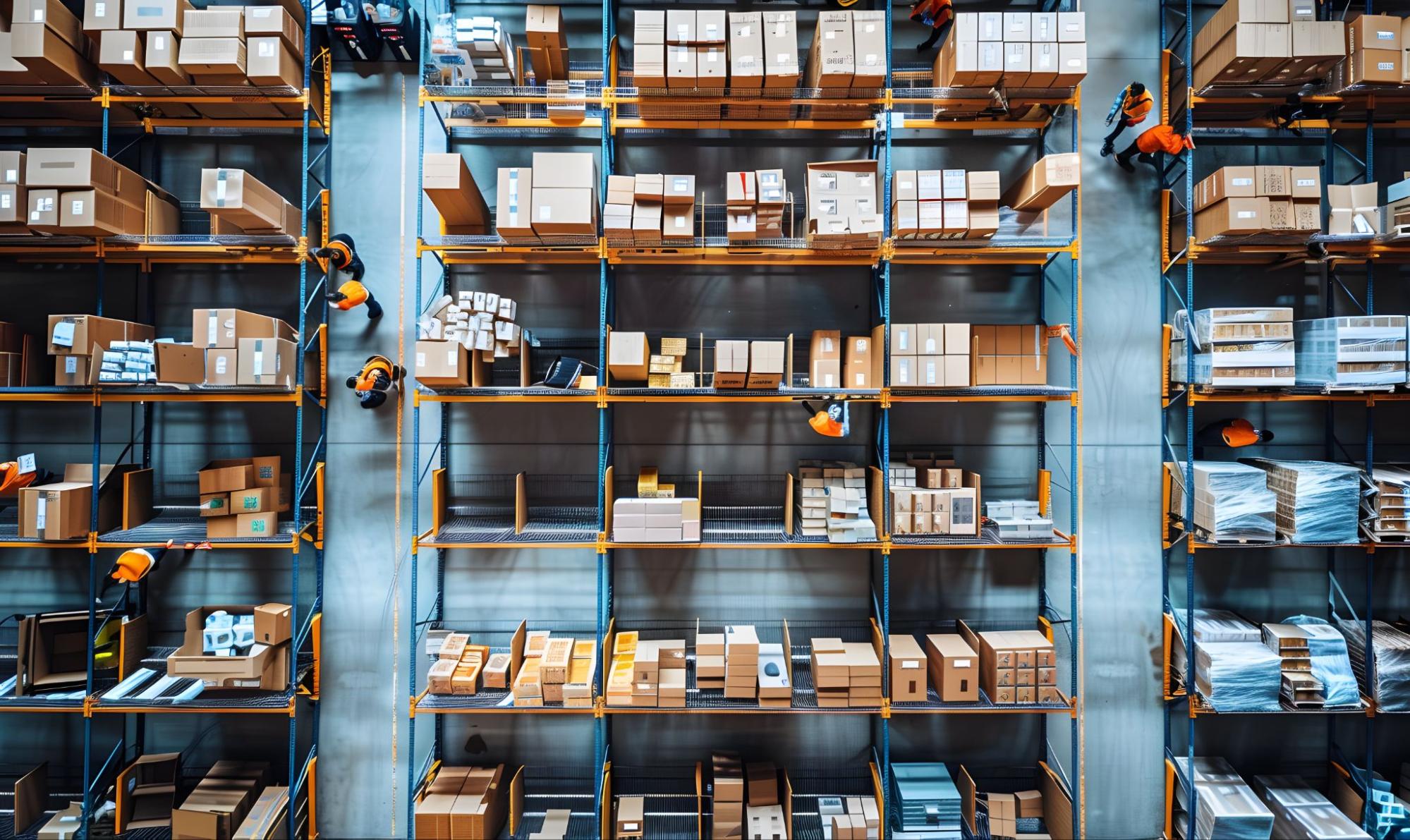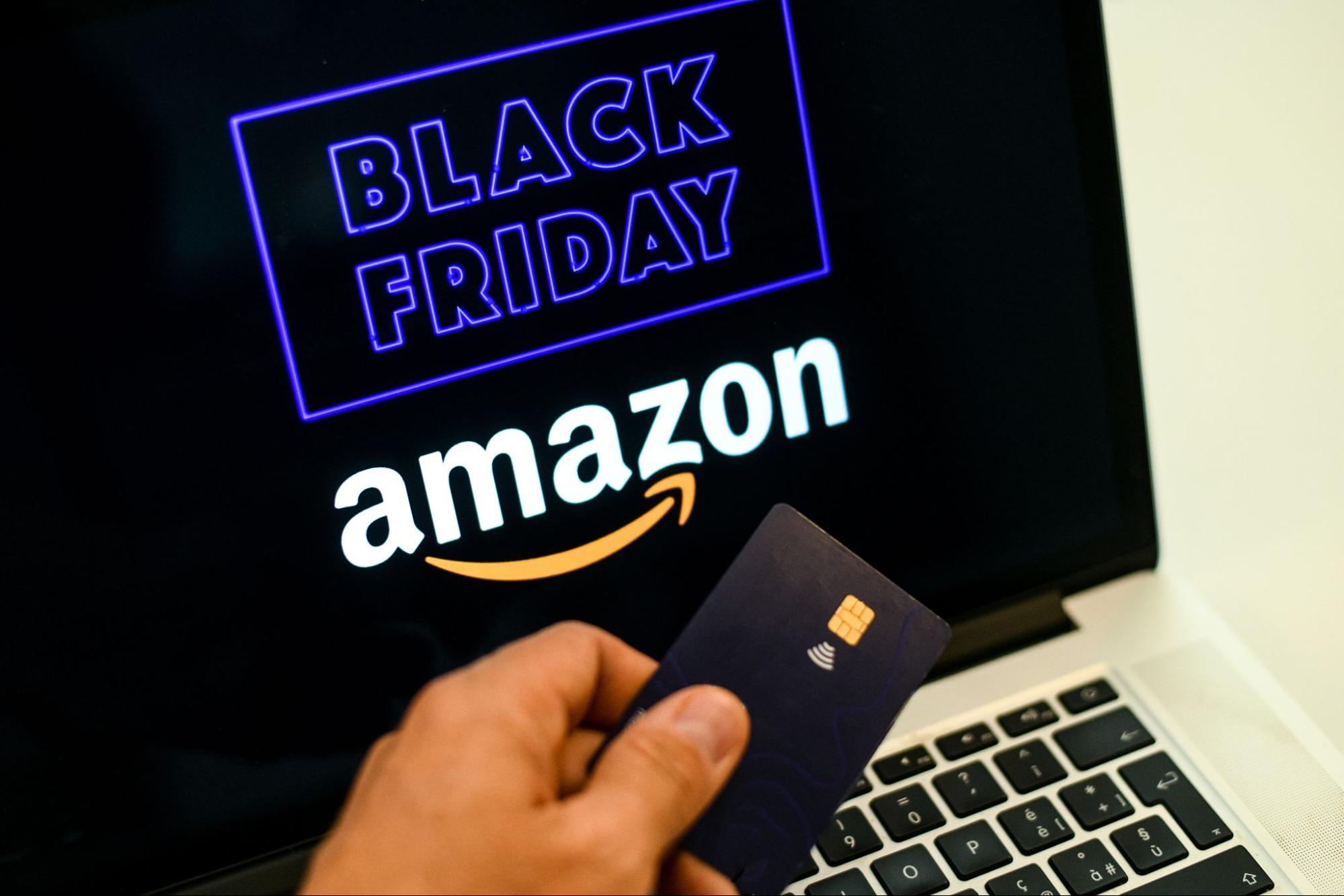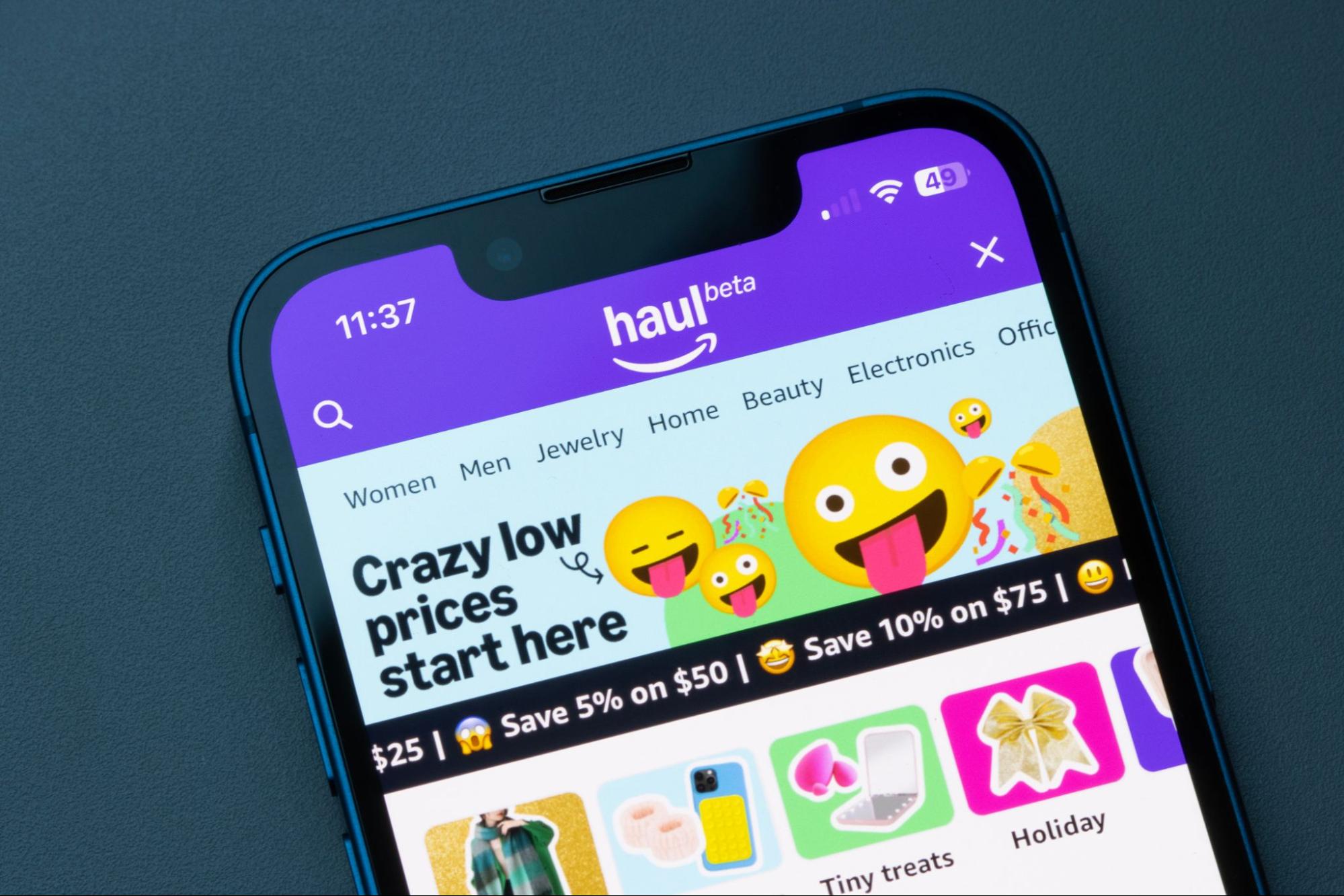If you’ve ever dreamed of starting your own e-commerce business but dread the logistics of packing and shipping products, Amazon FBA could be the perfect solution. With Fulfillment by Amazon (FBA), you can leverage Amazon’s vast logistics network to store, pack, and ship products to customers worldwide. This guide will walk you through everything you need to know to get started with Amazon FBA, from product selection to inventory management.
What is Amazon FBA?
Amazon FBA is a service that takes the headache out of e-commerce logistics. Instead of worrying about shipping and handling, Amazon does the heavy lifting for you. Here’s how it works:
- Storage: You send your products to Amazon’s fulfillment centers, where they store them in their warehouses.
- Orders: When customers order your product, Amazon picks, packs, and ships it directly to them.
- Customer Service: Amazon also handles returns, exchanges, and customer service on your behalf.
In return, Amazon charges storage, fulfillment, and other service fees. However, the time and effort you save can make FBA a worthwhile investment, especially for scaling your business.
The beauty of Amazon FBA is that it allows you to focus on growing your business rather than getting bogged down in logistics. Plus, your products become eligible for Prime shipping, which is a huge incentive for many Amazon shoppers. Let’s dive into the step-by-step process of launching your Amazon FBA business.
1. Choosing the Right Product to Sell
The success of your Amazon FBA business depends largely on selecting the right products. So, how do you find a product that sells well on Amazon?
Conduct Market Research
To start, research product categories that interest you. Look for items with low competition and a higher demand. Tools like Jungle Scout, Helium 10, and AMZScout can help you analyze product performance, sales volume, and competitor activity.
Identify a Niche
Going after a niche market can be a smart move because it reduces direct competition. Look for products that solve specific problems or cater to niche audiences. Think outside the box and find areas where demand is strong but competition isn’t overwhelming.
Check Profit Margins
Make sure the product has a good profit margin. Consider the cost of manufacturing, shipping to Amazon’s warehouse, Amazon FBA fees, and any advertising expenses. Ideally, aim for products with at least a 30% profit margin.
Avoid Restricted or Oversaturated Categories
Amazon restricts certain products, such as health supplements, electronics, and beauty items. Check if your product falls under Amazon’s gated categories, as these may require approval before selling. Also, steer clear of oversaturated categories with too many sellers unless you can offer a unique selling point.
2. Sourcing Your Products
Once you’ve picked a product to sell, the next step you have to complete is sourcing it. Here are a few options for finding suppliers:
Wholesalers
Wholesalers buy products in bulk from manufacturers and sell them at a markup. Working with a wholesaler is a good option if you’re looking to sell well-known branded products. We have also seen a new model of wholesale sourcing emerge, like Ghost, a marketplace where you can access the best brands and buy a surplus of inventory.
Manufacturers
Sourcing products directly from a manufacturer can result in higher profit margins. Websites like Alibaba and Global Sources can help you connect with manufacturers from around the world. When working with manufacturers, request samples before placing a bulk order to verify product quality.
Dropshipping
With dropshipping, you can sell products without holding any inventory. When a customer buys from you, the supplier ships the product directly to the customer. While this method reduces upfront costs, profit margins tend to be lower compared to sourcing and storing inventory.
Private Labeling
Private labeling is when you take an existing product and rebrand it as your own. This method allows you to customize packaging, branding, and design while sourcing products from established manufacturers. Private labeling is ideal if you want to build a brand around your product.
3. Setting Up Your Amazon Seller Account
Before you can list products on Amazon, you’ll need to set up a seller account. Here’s how:
- Choose Your Seller Plan: Amazon offers two selling plans:
- Individual Plan: This plan is for you if you are selling fewer than 40 items per month. You’ll pay $0.99 per item sold.
- Professional Plan: This plan costs $39.99 per month, regardless of the number of items sold. It offers advanced selling features and is ideal for larger-scale businesses.
- Register Your Account: Visit Amazon Seller Central and follow their registration process. You’ll need to provide information such as:
- Business name
- Legal entity type (individual, partnership, or corporation)
- Tax identification number
- Bank account details for payments
- Choose a Selling Category: Depending on your product, you might need approval to sell in specific categories (e.g., jewelry, automotive). Make sure your product falls under a permitted category, or apply for approval if necessary.
4. Listing Your Products on Amazon
Once your seller account is set up and ready to go, you can create listings for your products on Amazon.
Creating a Product Listing
Each product requires its own listing, and this is where you need to invest time and effort to make your product stand out.
- Title: Ensure your product title is descriptive and incorporates keywords people would search for.
- Bullet Points: Highlight key features, benefits, and unique selling points in the bullet points section.
- Description: Write a detailed product description that explains how your product solves a problem or improves the customer’s life.
- Keywords: Use Amazon’s search terms feature to include relevant keywords, which will help your product appear in more search results.
Optimize Your Listings for SEO
Amazon is a search engine in its own right, and optimizing your product listing for Amazon’s algorithm (A9) is essential. Here are some SEO tips for your listing:
- Use high-volume keywords naturally in your title, description, and bullet points.
- Prioritize keywords that have a high search volume but moderate competition.
- Use backend keywords (hidden keywords) in your product’s catalog to increase discoverability.
- Ensure your listing has high-quality images that meet Amazon’s standards. Visuals play a crucial role in driving conversions.
5. Shipping Products to Amazon’s Fulfillment Centers
Now that your product is listed, you need to send your inventory to Amazon’s fulfillment centers. Follow these steps:
Prepare Your Products for Shipment Package
Your products should be packaged and labeled according to Amazon’s guidelines. Each item should have a scannable FNSKU (Fulfillment Network Stock Keeping Unit) barcode.
Create a Shipping Plan in Your Amazon Seller Central Dashboard
Enter information about your shipment, including the number of units, dimensions, and weight, to create a shipping plan for your products.
Send Your Shipment to Amazon
You can either ship your products directly to Amazon or use a third-party logistics company. Amazon will notify you when your products have been received and are ready for fulfillment.
6. Marketing Your Products
Listing your product is just the beginning. To drive sales, you’ll need to market your products effectively.
Amazon PPC (Pay-Per-Click) Advertising
Amazon’s PPC platform allows you to create targeted ad campaigns that appear when customers search for related products. You can choose between manual and automatic targeting options:
- Manual Targeting: This is where you choose specific keywords to bid on.
- Automatic Targeting: Amazon’s algorithm determines which keywords to target based on your product listing.
Running PPC campaigns can help you gain visibility and drive traffic to your product listings, especially when you’re just starting.
External Traffic
You can also drive traffic to your Amazon listings using external channels like:
- Social Media: Promote your products on platforms like Instagram, Facebook, and Pinterest.
- Influencer Marketing: Partner with influencers in your niche to showcase your products.
- Email Marketing: Build an email list and promote product launches or discounts to your subscribers.
7. Managing Inventory and Customer Service
Once your business is up and running, managing inventory and customer service is crucial for maintaining sales momentum and keeping your account in good standing.
Managing Inventory
Monitor your inventory levels in Seller Central to ensure you don’t run out of stock, as this can negatively impact your rankings and sales. Consider using inventory management software like RestockPro or InventoryLab to forecast demand and automate restocking processes.
Customer Service
While Amazon handles most customer service tasks through FBA, responding to inquiries and reviews is still important for building a positive seller reputation. Aim to provide excellent customer service by:
- Responding to negative reviews with solutions.
- Answering customer questions about your product promptly.
- Managing returns efficiently.
Get Started with Amazon FBA
Getting started with Amazon FBA can seem overwhelming, but by breaking the process down into manageable steps, you can build a profitable e-commerce business. From choosing the right product and sourcing it to managing inventory and marketing, every step is critical to your success.
By following this step-by-step guide, you’ll be well on your way to becoming an Amazon FBA seller. Now, all that’s left is to take the first step—start researching your product and get ready to join the millions of sellers using Amazon FBA to grow their businesses.
Sign up for our newsletter at Resale Pro to get more tips and insights on selling on Amazon! We offer the best reselling tips and give you inside details on how to use all of Amazon’s features, including more about using Amazon FBA. Subscribe today!



